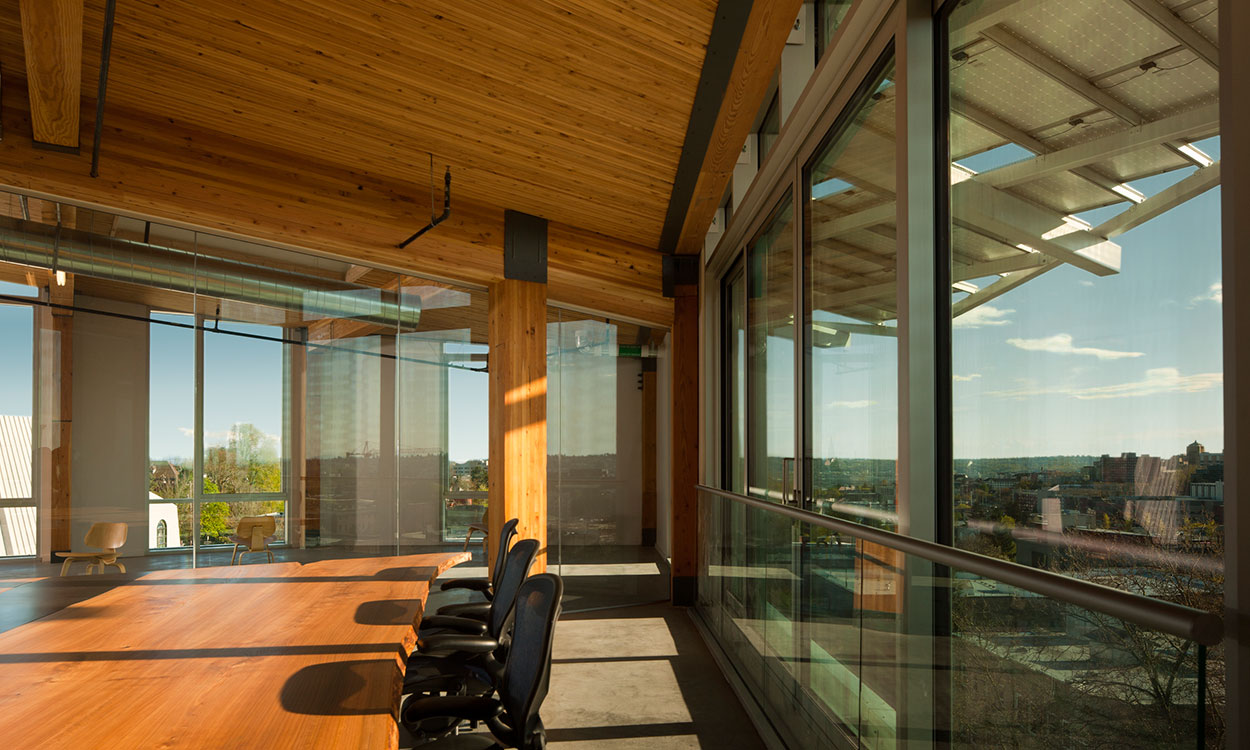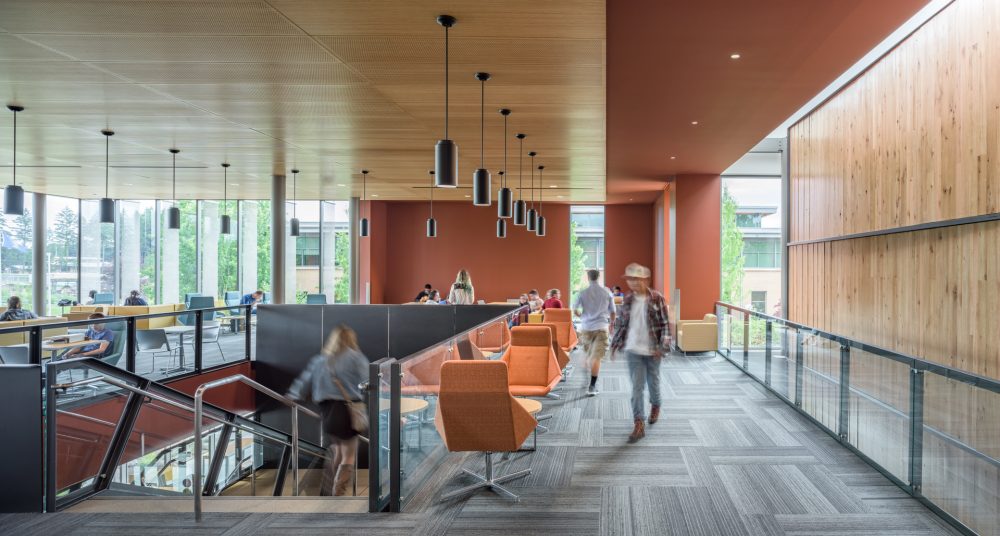As the world becomes increasingly aware of the need to protect our environment, the concept of sustainable building has gained significant traction. This sustainable building guide is designed to serve as a comprehensive resource for homeowners and real estate developers aiming to incorporate eco-friendly practices into their projects. Adopting sustainable building techniques not only benefits the planet but also offers long-term cost savings and improved living conditions.

What is Sustainable Building?
Sustainable building, also referred to as green construction, involves creating structures that are environmentally responsible and resource-efficient throughout a building’s life cycle. From design and construction to operation, maintenance, and demolition, sustainable building focuses on reducing the impact on the environment.
Key Principles of Sustainable Building
The fundamental principles of sustainable building include optimizing site potential, minimizing energy consumption, conserving water, using environmentally friendly materials, and ensuring indoor environmental quality. Implementing these principles helps reduce a building’s carbon footprint and contributes to a healthier environment.
Benefits of Sustainable Building
Environmental Impact
Sustainable building practices significantly reduce pollution and waste. By using materials with lower environmental impacts and implementing energy-efficient technologies, these buildings contribute to a reduction in greenhouse gas emissions, which is essential for combating climate change.
Economic Advantages
While the initial cost of adopting sustainable building techniques might be higher, they often result in substantial savings over time. Energy-efficient structures lower utility costs, while durable materials reduce maintenance and repair expenses.
Enhanced Living Conditions
Buildings designed with sustainable building practices often lead to improved indoor air quality, natural lighting, and thermal comfort, all of which contribute to enhanced well-being and productivity for occupants.
Step-by-Step Sustainable Building Guide
1. Site Selection and Planning
Choosing the right site is crucial in sustainable building. Consider the site’s natural features and climate to minimize energy usage and enhance environmental health. Proper planning and design can significantly impact the sustainability and functionality of a building.
2. Efficient Use of Resources
Sustainable building emphasizes the efficient use of resources, which includes energy, water, and materials. Incorporating energy-efficient systems, water-saving fixtures, and recycled or locally sourced materials can dramatically reduce the environmental impact of a new construction.
3. Renewable Energy Integration
Integrating renewable energy sources, such as solar panels and wind turbines, into your building design is a cornerstone of sustainable building. These technologies lower dependency on fossil fuels and provide clean, renewable energy.
4. Indoor Environmental Quality
Ensuring a high level of indoor air quality is essential in sustainable building. Using non-toxic materials, proper ventilation systems, and maintaining consistent indoor air quality can lead to healthier indoor environments.
5. Water Conservation
Implementing water-efficient systems and technologies is an integral part of sustainable building. This includes low-flow fixtures, rainwater harvesting systems, and greywater reuse, which not only conserve water but also lower utility bills.
Materials in Sustainable Building
Environmentally Friendly Materials
Using environmentally friendly materials is vital in achieving a sustainable building. Opt for materials that are renewable, recyclable, and have a low environmental impact over their lifecycle.
Innovative Building Technologies
Numerous innovative building technologies, such as cross-laminated timber and structural insulated panels, are at the forefront of sustainable building. These materials offer excellent energy efficiency, structural stability, and environmental benefits.
Real-Life Examples of Sustainable Building
Let’s explore some successful sustainable building projects around the world. These innovative structures demonstrate the feasibility and benefits of green construction practices.
The Edge, Amsterdam
The Edge in Amsterdam is recognized as one of the most sustainable buildings globally. It integrates smart technologies and uses solar panels, rainwater harvesting, and energy-efficient installations to achieve its sustainability goals.
Bullitt Center, Seattle
The Bullitt Center in Seattle was designed to be a net-positive building, meaning it produces more energy than it consumes. The building’s green features include photovoltaic panels, non-toxic materials, and a composting toilet system, setting a benchmark for sustainable building.

FAQs
What is the primary goal of sustainable building?
The primary goal of sustainable building is to minimize the negative environmental impact of buildings by using eco-friendly materials, efficient energy systems, and reducing waste throughout the building’s lifecycle.
How can I integrate sustainable building practices into my current home?
Simple changes such as using energy-efficient lighting, water-saving fixtures, and installing solar panels can significantly increase the sustainability of your current home. You can also opt for environmentally friendly materials during renovations.
Are sustainable buildings cost-effective?
Although the initial investment in sustainable building practices can be higher, they generally lead to long-term financial savings through reduced energy and maintenance costs.
For more information on green construction trends, you can visit the green construction page.
Additionally, you may find inspiration for implementing sustainable building aspects in pool construction or other home projects by visiting pool pump energy usage or seasonal pool opening for efficient upkeep ideas.
This article contains affiliate links. We may earn a commission at no extra cost to you.


